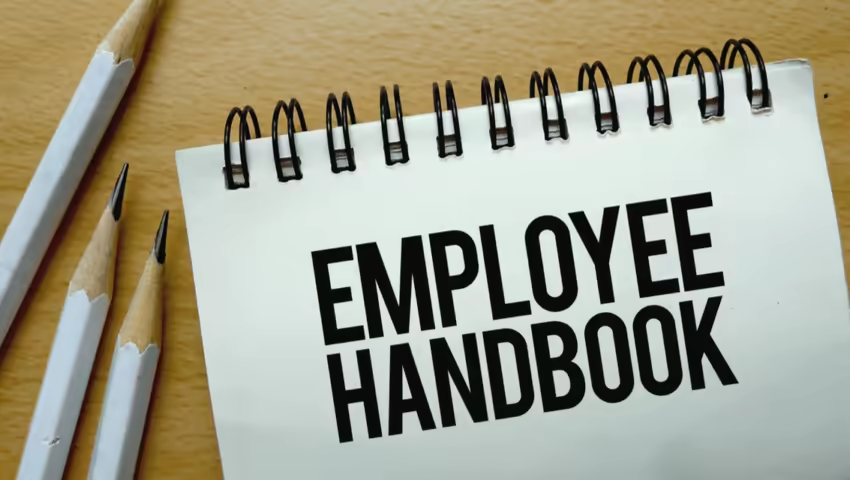Employee handbooks play an essential role in maintaining organizational standards, systems, and processes, in response to various events and changing times.
Most companies make it a point to review their handbooks at least once a year, but given the trends and changing nature of global business, a more proactive approach is warranted. This is especially true for startups that are more likely to witness a broad range of new scenarios during the regular course of business, requiring changes at regular intervals.
Once you have a handbook printed out and distributed, there are a number of reasons why it might be essential to go back and make certain changes. This includes,
- Compliance requirements for new federal, state, or local laws, making human resources, or operations more complex.
- Shift in the organization’s broader vision, mission, or goals that employees need to be intimated about.
- Launch of new products and services, or launch of existing products in newer markets, requiring an additional set of systems, processes, or policies.
- Changes in cultural norms, or working conditions, such as remote or hybrid work during the course of COVID-19.
No matter what the scenario is, a company handbook provides a much needed field guide or manual, especially for new employees being onboarded. As such, it is essential to keep the handbook updates and fresh with the latest information.
Fortunately, there are quite a few ways to effortlessly keep your employee handbook up-to-date, and in this article, we cover a few tried-and-tested best practices.
Conduct Regular Reviews
For seamless, effortless handbook management, it is essential to make time for regular reviews of the existing content. This can be quarterly, half-yearly, or even yearly, but as many reviews as you conduct, and as close as they are to one another, the lesser the chances of your handbook becoming irrelevant.
Regular reviews also help you stay on top of things, and see first hand how the guidelines and processes mentioned in the handbook compare with real scenarios and practices. In the case of drastic variances, changes and updates can be commissioned right away.
Related: Employee Handbook Template Links to Good Examples
Compile Updates & Revisions
If you come across certain changes to policy that you want included in the handbook, it would be best to compile them and maintain them on file, instead of making updates and republishing the entire handbook for each and every change you wish to make.
In the case of changes to local laws, corporate policies, or procedures, it is best to communicate with the employees via memos, with the changes reflected in the handbook only in the next year's version.
This, however, makes it essential that the changes are reviewed and compiled systematically, so that none of them are missed when it is finally time to update, republish, and distribute the handbooks. This includes staying on top of compliance requirements, cultural changes, rules, policies, and procedures, along with the company’s products, solutions, and markets.
Digitize Your Employee Handbook
One of the best ways to keep your handbooks up-to-date effortlessly is by digitizing it, and doing away with print versions.
With a digitized handbook, changes to policy can be made instantly, with the use of a wide range of tools that allow you to edit PDF text easily. With this, organizations only have to send an email notifying employees of the changes, with the updated PDF attached within the same mail.
A digitized handbook comes with a host of other advantages as well, including the ability to link to external websites and the company’s own support and knowledge bases for sharing relevant information quickly and seamlessly.
Final Words
The above-mentioned steps should help you manage an employee handbook effortlessly and effectively. With dedicated tools, templates, and frameworks pertaining to the same, this concept, and such practices are now within reach for even small and medium-sized companies.



